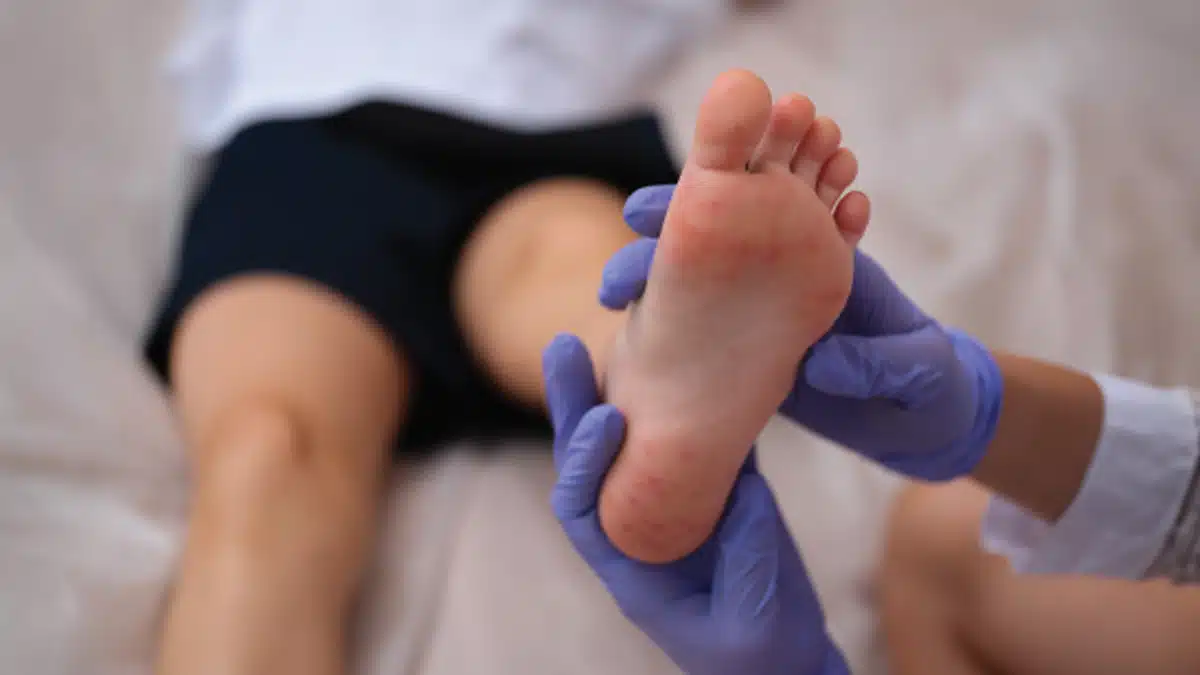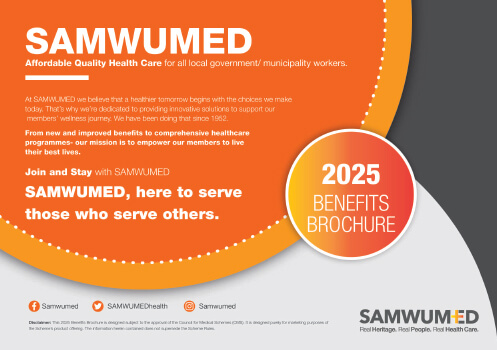Local Media Updates:
On 18th February 2025, the National Institute for Communicable Diseases (NICD) released an update on Hand, Foot, and Mouth Disease (HFMD) due to a surge in cases reported in educational institutions (e.g., primary schools and daycare centers) within the eThekwini District, KwaZulu-Natal (KZN). Following this, the South African Department of Health (DoH) issued a media statement urging the public to remain calm amid the outbreak. The DoH emphasised that they are working closely with the NICD to monitor the situation and take necessary actions, noting that HFMD is a relatively common viral infection that mainly 2025, KZN has reported 420 cases of HFMD among children and 4 cases among adults. In the Eastern Cape, East London has recorded at least 13 cases, primarily in the Buffalo City District.
Key insights into HFMD
HFMD is a viral infection caused by enteroviruses, which infect millions of individuals worldwide each year. HFMD children (under 10 years old), making small outbreaks common in educational institutions. Although less common, HFMD can occur in adults. These outbreaks are most frequently observed in summer and autumn months. (1) (5) (6)
HFMD is highly contagious and spreads rapidly through droplet transmission
(coughing, sneezing or speaking), contact with contaminated objects and/or surfaces or direct contact with an infected individual’s open blisters. Contact with faeces can also cause the spread of infection. (1) (6) (7)
Symptoms typically appear 3 to 7 days after infection and include fever, sore throat, fatigue, loss of appetite, and small, painful blisters. Blisters can appear on the inside of the mouth, sides of the tongue, palms of the hands, feet and buttocks. Occasionally, a rash may appear without blisters on the knees or elbows. HFMD generally resolves without medical intervention within 7 to 10 days. In some cases, more severe symptoms such as meningitis, encephalitis and polio-like paralysis may occur and require hospitalisation. (1) (6)
There is no specific treatment for HFMD. General advice such as ensuring adequate hydration and bed rest is given. Supportive care may assist in alleviating symptoms such as pain and fever. There is no vaccine for measures are important to minimise the spread. These include good hygiene practices, such as regular handwashing, covering the mouth when coughing or sneezing, regularly cleaning and disinfecting surfaces, not sharing personal items (e.g., toys, utensils, stationery, etc.) and avoiding close contact with individuals that are known to be infected. (1) (6) (7)
In Summary:
Although HFMD is a highly contagious viral infection, there is no immediate need for concern. The DoH and NICD are monitoring the situation closely and will take the necessary actions, if required. Being aware of signs and symptoms, as well as preventative measures will go a long way to preventing further spread of the disease









